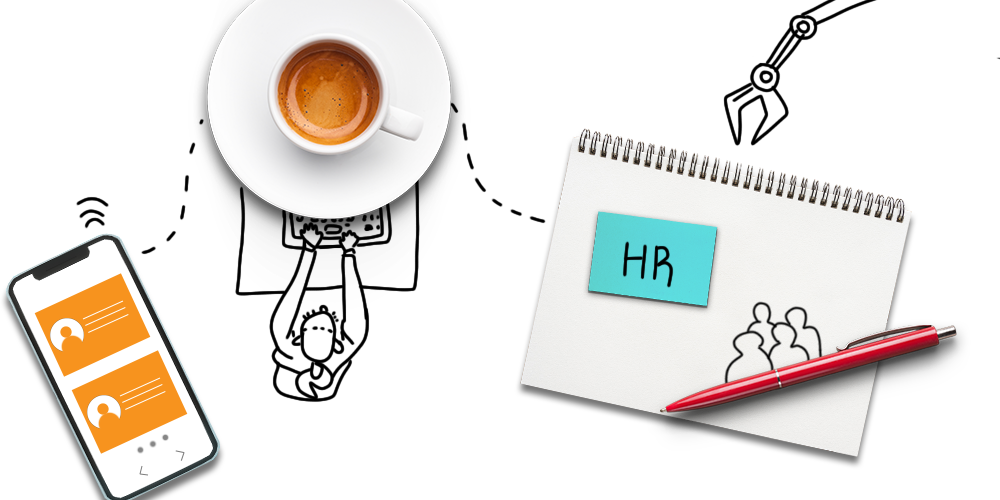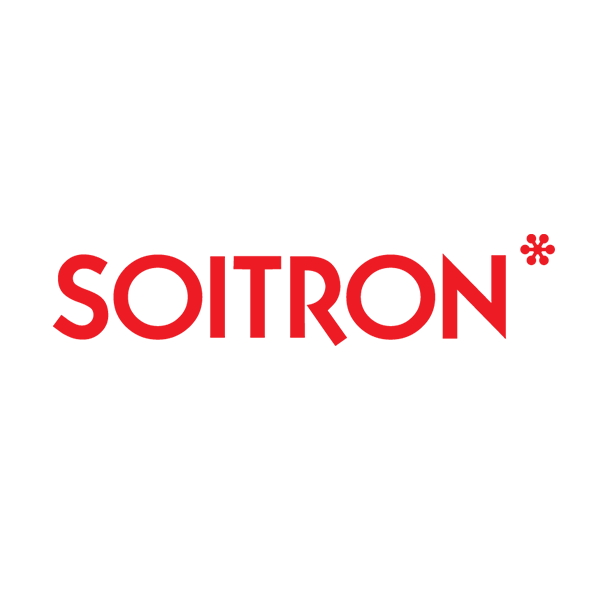WHERE YOU CAN USE ROBOTS?
JOB APPLICANT SCREENING
What the robot does?
At a predefined time, the robot downloads the list of open positions in the company, checks the minimum requirements for candidates that you have defined, visits job seeker portals, screens available applicants, and sends a list of the most suitable candidates together with their resumes to HR staff.
EMPLOYEE OFFBOARDING
What the robot does?
When the employee’s termination date is entered into the system, the robot checks the date and stores it in its memory. Within an agreed interval, either on the exit day or several days before or after the employee’s exit, the robot enters relevant systems, revokes access rights, and checks the employee’s account. It will send an email notification about the activities performed and the status of individual access rights.
GDPR
What the robot does?
When it receives a request to check or delete personal data, the robot enters individual systems one by one, finds all the necessary
data, and sends it to an email address. If the employee requested the deletion of their personal data, the robot deletes it.
NEW HIRE SET-UP AND ONBOARDING
What the robot does?
Once the new hire is registered in the system, the robot reads when they are starting and in what position. Based on predefined rules, the robot then enters relevant applications, sets up necessary access rights, and orders personal equipment (e.g., a computer and telephone) as necessary. After all access rights have been set up, the robot sends the onboarding documents to the new employee for study.
MONTHLY REPORTING AND PAYROLL
What the robot does?
Once the attendance is finalised, the robot enters the attendance system; checks the entered data; calculates things like wages and meal vouchers; and checks for any agreed bonuses, holidays, and compensation. After the payroll is generated, the robot downloads the statements, logs into the health and social insurance system, and uploads the statements for the given month.
WHAT DOES THE RPA IMPLEMENTATION LOOK LIKE
CONSULTATION
The first thing that is needed is a meeting where we can talk to your IT department and the people who have been performing the processes you wish to automate. Together we will set up and define the necessary access rights.
MEETING
Meetings are usually about two to three hours long, and they do not have to be in person: conference calls via Skype, Teams, Webex,Zoom, and so on are enough.
PROPOSAL
Based on these meetings, we will document the process and propose how it should be automated.
AUTOMATION
We automate processes in the existing systems that you normally use. We do not create any new systems or modify existing ones.
HOW LONG DOES AUTOMATION TAKE?
The automation itself does not take long. We are able to deliver a complete and implemented robot for your systems within three to four weeks from the first meeting.
WHAT IS THE RETURN OF INVESTMENT IN RPA?
The return on investment in software robots ranges from six to twelve months. The complexity of the actual implementation is minimal compared to implementing a new system.
BENEFITS OF AUTOMATION
SIMPLIFIED PAYROLL ADMINISTRATION The robot processes all payroll administration tasks, including any corrections and amendments of attendance reports delivered by email. This reduces the necessary payroll processing time by approximately 85% with a zero error rate.
MORE EFFECTIVE NEW HIRE ONBOARDING The robot generates access rights, creates user accounts, and orders equipment for newly hired employees as necessary. This reduces the time required to onboard a new hire by approximately 70%. On top of that, the robot makes no errors.
BETTER ORGANIZED EMPLOYEE OFFBOARDING On the day of termination, the robot will deactivate the employee’s rights to accessing various systems and send a report to the person in charge which lists all the deactivations.
ENSURING GDPR COMPLIANCE The robot checks for any personal data of employees retained in all the available systems. It can aggregate the information and delete it from the system if necessary. In this way, the robot guarantees 100% auditing and GDPR compliance.
THE STREAMLINED RECRUITMENT OF NEW EMPLOYEES Software robots can be set to monitor the relevant profiles at career portals and inform candidates of the result of their job interviews. This allows your HR personnel to spend more time on actual job interviews.




